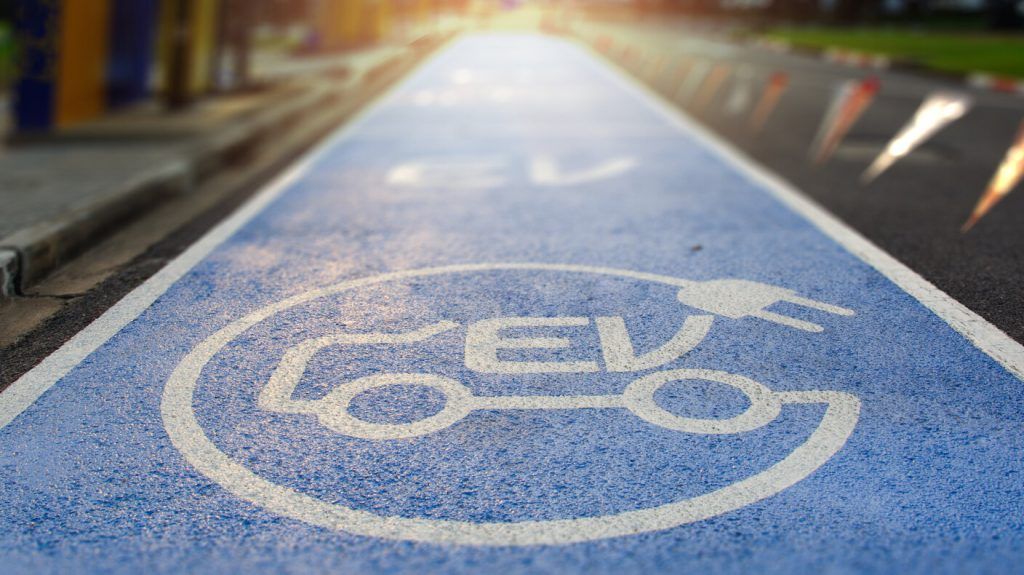There has been a year-on-year increase of 27% in the number of chargepoints installed in the UK, according to the latest figures from Zapmap.
The chargepoint mapping and data service discovered that 8,670 new charge points were installed in the first half of 2025, a year-on-year increase of 27%.
The EV charging infrastructure now encompasses 82,369 devices (110,486 EVSEs) at 40,479 locations.
Charging hubs – defined as six or more rapid or ultra-rapid devices at a single location – also continues to show the highest growth, with 136 of them installed across the country in the first half of the year, bringing the total across the UK to 673.
These hubs are popular with EV drivers, especially to support en-route charging on longer journeys, and are also beginning to show the future direction for the EV infrastructure, with faster charging times, an increased focus on sustainable energy systems and locations which deliver enhanced amenities.
Significant additions to the charging infrastructure since Zapmap’s last quarterly update include:
- Osprey Charging installed 24 x 300kW charge points across two locations at Rainhill and Prescot in Merseyside;
- Osprey Charging also announced the launch of its Watford hub, comprising 16 x 300kW charge points, as part of its ongoing partnership with Legal & General;
- Be.EV installed 12 ultra-rapid charge points at Hattersley Trade Park, Greater Manchester;
- Source opened its first ultra-rapid hub at Ocean Terminal in Edinburgh, enabling simultaneous charging for 12 electric vehicles;
- RAW Charging installed a combination of eight AC and eight ultra-rapid chargers in partnership with the National Trust at its Stourhead, Wiltshire estate;
- Be.EV launched its Manchester Charging Oasis, repurposing a derelict petrol station in Failsworth to provide charging of up to 300kW for twelve cars.
The total number of ultra-rapid devices, with a power rating of 150kW+, has increased by almost 23% to 8,619 in the first half of 2025.
Overall, ultra-rapid devices have seen 1,598 additions in the past six months, accounting for 18% of all installations, and for the first time now outnumber rapid devices.
Simultaneously, Zapmap’s statistics show progress in the regional distribution of high-powered chargers this year. Nine out of 12 geographical areas of the UK now have more than1,200 50kW+ chargers and six of those have over 1,500.
Of particular note, Scotland has seen 29% year-to-date growth in high-powered chargers and the North West 21%.
Lower powered charging devices continue to represent the largest tranche of the infrastructure, providing charging for longer stops and top-ups, such as in car parks and at tourist attractions – representing just under 80% of the total.
On-street charging devices have seen 3,709 new additions in the first half of the year, bringing the total to 29,227. While the majority are located in Greater London, other regions of the UK are now seeing far higher growth in the rate of on-street devices being installed.
While London saw an increase of under 11% in the first six months of the year, the remainder of the UK saw the number of on-street chargers increase from 7,106 at the end of December to 8,737 at the end of June – an increase of more than 25%.
In the second quarter of 2025:
- char.gy announced a LEVI funding enabled partnership with Brighton and Hove City Council, which will see over 6,000 on-street chargers installed throughout the area;
- Suffolk County Council secured £5.3 million of LEVI funding and will work with charge point operator Believ to deliver around 6,000 new charge points across the county;
- Barnet Council announced that it will work with char.gy to deliver 500 new on-street charge points in the next three months, with 500 more to follow within three years. 60% of the cost of delivery is funded by ORCS, with char.gy covering the remainder.
At a regional level, the North East has seen significant growth in charge points across all power ratings, with 40% year-on-year growth, with the East of England and West Midlands close behind with over 39% and 38% year-on-year growth respectively.
Jade Edwards, Head of Insights at Zapmap, said:
“The EV landscape at the mid-point of 2025 looks significantly different to six months ago, in terms of the shape of the infrastructure, EV demand and availability and the legislative landscape. We’re always pleased to see strong growth in en-route charging and hubs, not just because they are so convenient for EV drivers on long journeys, but also because they provide high-visibility and help instill confidence for drivers looking to make the switch.
“Meanwhile, we’re now beginning to see LEVI funding awards feeding through the system, offering the 40% of people who do not have access to off-street parking increased opportunities to charge close to home and benefit from driving electric.
“We look forward to seeing what further measures the government can introduce to make access to public charging more equitable.”
Vicky Read, CEO at ChargeUK, said:
“This sustained growth gives confidence to drivers that the network they need is there for them and will encourage even more to make the switch. With 29% growth across the whole market, the sector remains on track for the Government’s ambition of 300,000 chargers by 2030.
“It’s particularly encouraging to see growth accelerating outside of the South East, with the North East, East of England and West Midlands seeing significant increases, as well as the continued rise in the number of high-profile and high-powered hubs to support en-route charging.
“To keep the roll out on track, and to ensure drivers have access to affordable charging, the Government can support the sector by equalising VAT on public charging to five per cent, addressing the rise in standing charges, and extending the Renewable Transport Fuel Obligation to include EV charging.”
Image from Shutterstock








